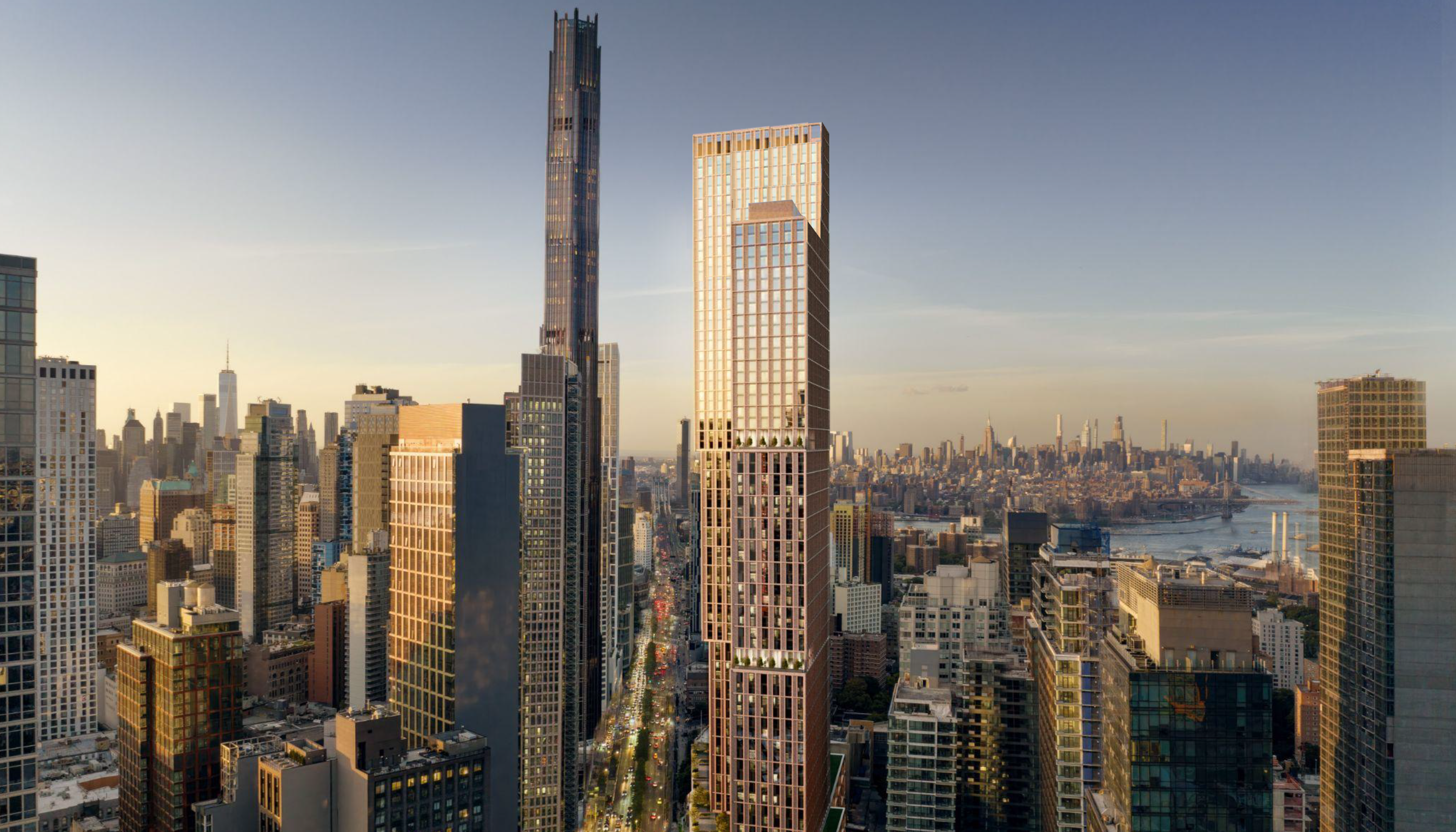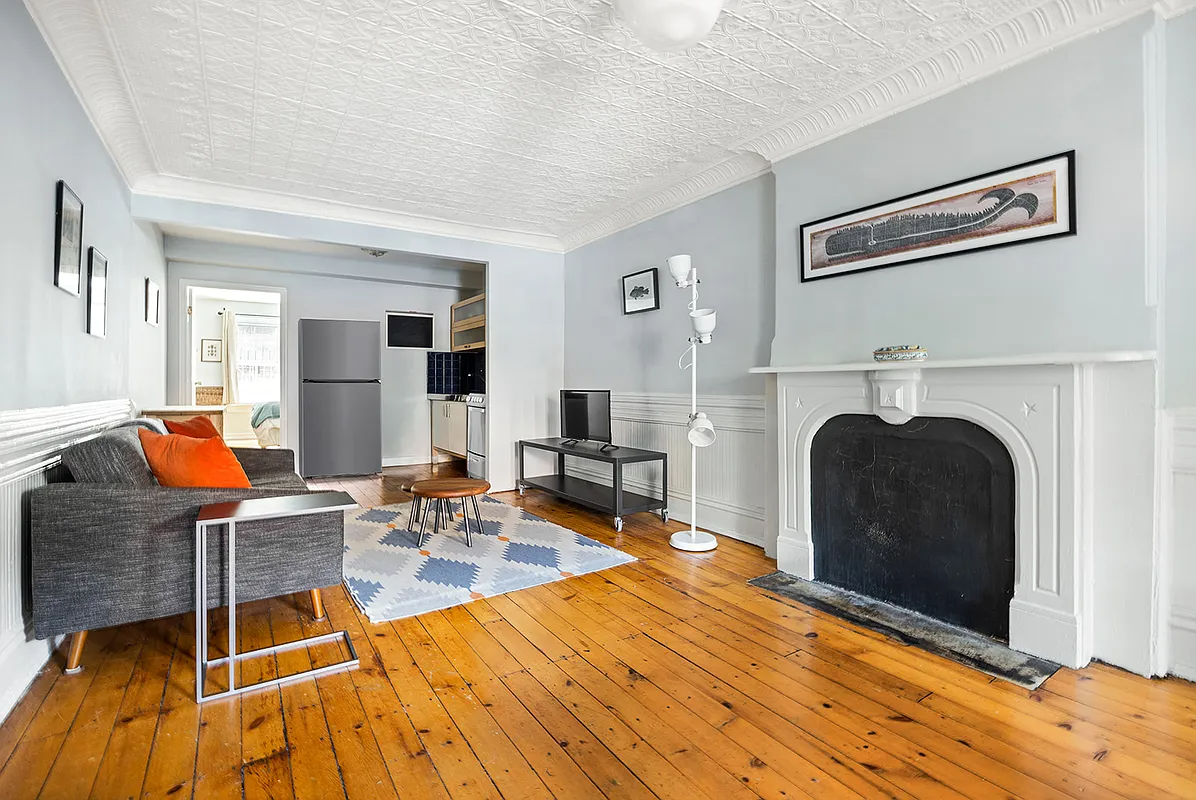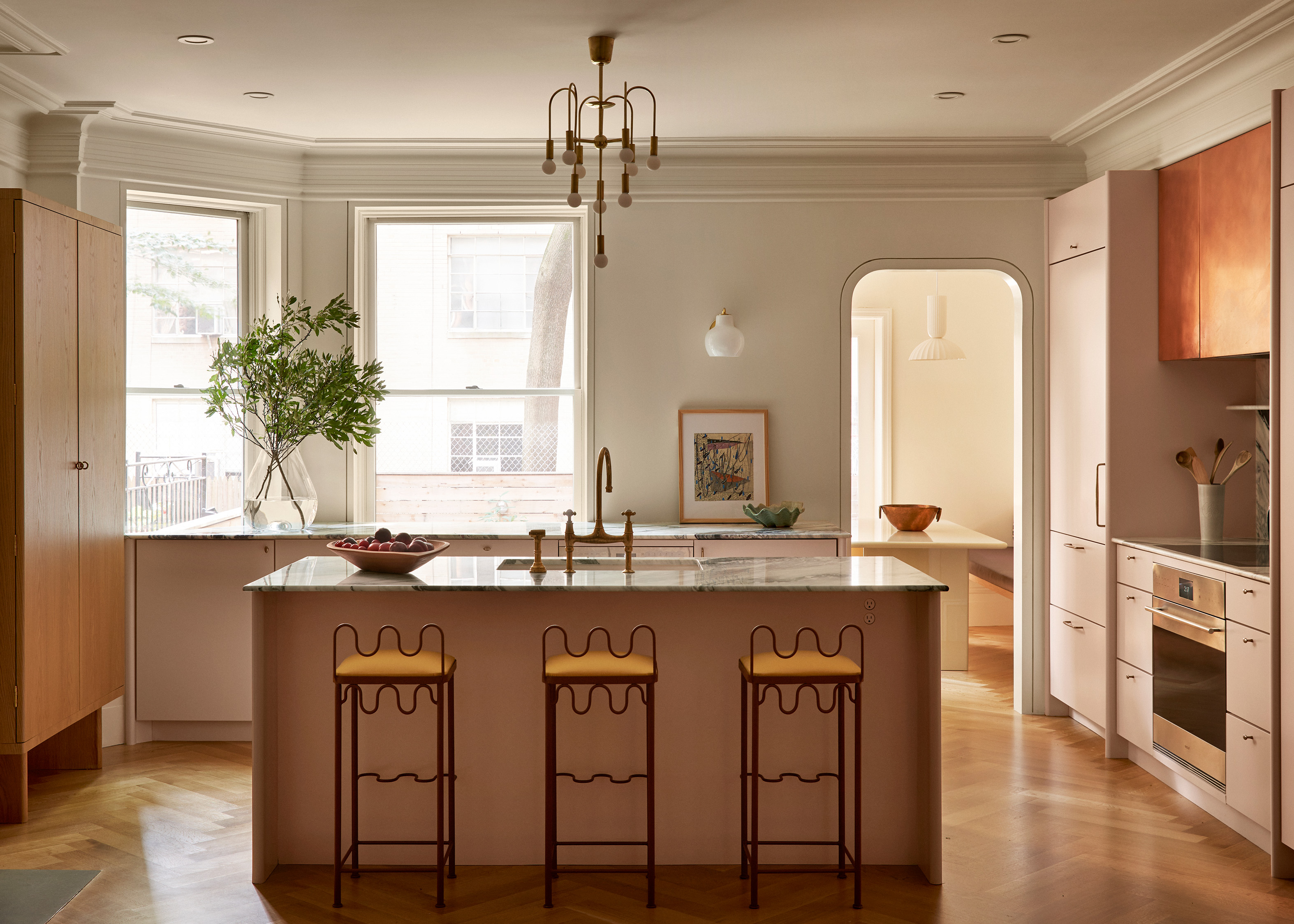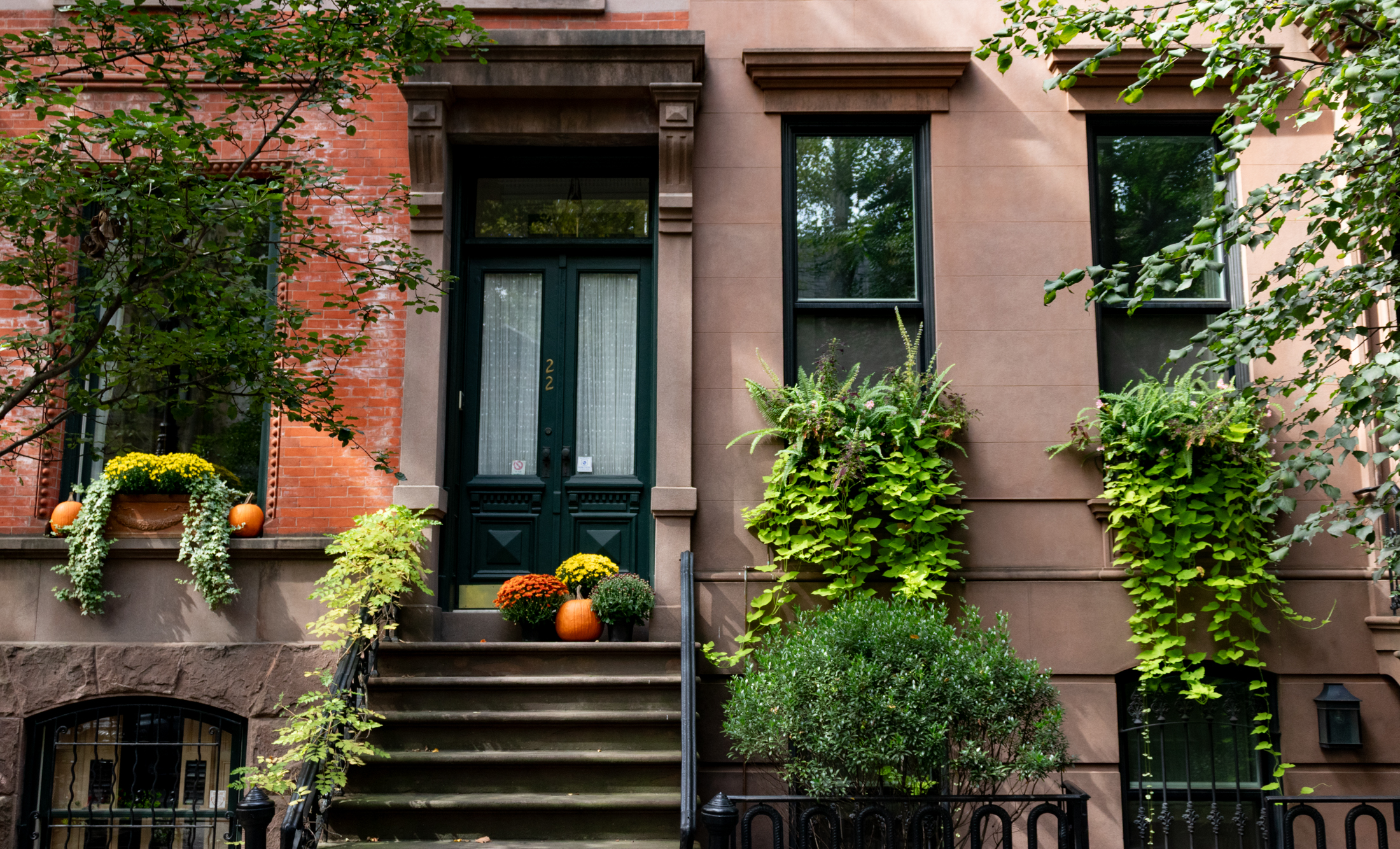Price Premium for Historic Districts
This study from the NYC Independent Budget Office is three years old, but we’d never seen it before a reader sent it to us yesterday, so we’re guessing many of you haven’t either. The topic is certainly germane to many of the discussions on Brownstoner: What impact does the existence of a historic district have…


This study from the NYC Independent Budget Office is three years old, but we’d never seen it before a reader sent it to us yesterday, so we’re guessing many of you haven’t either. The topic is certainly germane to many of the discussions on Brownstoner: What impact does the existence of a historic district have on property values? Although the degree of the impact varied over the last thirty years, there was unequivocal evidence that properties within historic districts were consistently priced higher than similar properties in adjacent neighborhoods. The premium varied from 23 percent to 72 percent, with the most visible and consistent difference occurring in Park Slope. The premium in Fort Greene was more volatile but, as you can from the chart, nevertheless present. In Stuyvesant Heights, it looks to us like properties within the historic district actually sold at a very small discount. Overall, the study concludes, a house valued at $27,859 in 1975 would have risen in value to $457,715 if it had been in an historic district, but only $396,762 if it were outside an historic district.
Historic Districts and Property Values [NYC IBO]





I just wonder- am i reading the same chart? Of the three pairings the Park Slope historic district is the only one that increased its value relative to the non-historic area over time. Am I wrong?
Given the comment at 11:22 I think the absence of a greater increase in value is quite surprising.
Its interesting that the difference conveyed by Landmarks status varies so much from neighborhood to neighborhood. I suspect that has to with the period the graph is showing, and the respective state of the overall market in each nabe.
But overall, it confirms what other studies have shown – that there is an economic benefit to the individual property owner from landmark designation. Whether that outweighs the additional cost (as ItsAWrap points out), I don’t know. But the idea that designation is a civic frill that places an undue maintenance burden on property owners is a myth.
Note too that the study (and my comments) deal only with landmark districts (which most property owners fall under in NYC). Individual designations may vary…
Of course a building becomes more valuable when it’s historically preserved. It’s a win win.
The author simply sets out to prove through statistical models what everyone already knows. House prices in historic districts are more than in non-historic districs. A quick search through Brownstoner’s listings shows that very quickly without the linear regression, time trend variables and dummy variables.
BrownBomber, the type of transactions you describe were not at “arms-length” and would have been excluded from the study.
There are a couple things I found interesting about the study. First, there is no statistical evidence showing that Landmarking CAUSES higher prices.
Second, “Overall, the study concludes, a house valued at $27,859 in 1975 would have risen in value to $457,715 if it had been in an historic district, but only $396,762 if it were outside an historic district.” The premium that is attributed to Landmarked properties may not be enough to offset the additional carrying costs associated with landmarked properties. In the above example there is a $61K difference in house values after almost 30 years of normal wear and tear. Windows, facades and other major capital improvements would certainly have to be address over 30 years. How much extra does the brownstone owner in a historic distric have to pay to stay compliant with Landmarks compared to non landmarked req’s.
I think you are comparing apples and oranges. Prices are higher in historic districts because historic districts have more great houses worthy of preservation, therefore more houses that are worth more money regardless of the fact that they are in historic districts.
IMHO.
“historic districts also co-incide with areas with low crime and murder rates. hmm….”
Huh? Historically inaccurate. Recall Fort Greene, Clinton Hill, Prospect Lefferts and Stuyvesant Heights during the 1980’s during the “Crack Era”? I wouldn’t necessarily describe these areas as “low crime” back then….
With respect to the price discrepancy in the Stuyvesant Heights District (being sold at a slight discount), it’s because many of these homes are being passed down to family members at substantial discounts thereby skewing the numbers. Like Strivers Row in Harlem, African-Americans revere the homes in these districts and seldom ever sell outside the family. Check Property Shark and look at the limestone mansions on Stuy Row (Stuyvesant Ave). You will find that many of these homes have had but 1 to 3 owners in the last 100 years and are being passed down to kin folks for very small consideration. Outside of these family transactions, Stuyvesant Heights homes are typically sold at a substantial premium to those in the surrounding non-landmarked area.
historic districts also co-incide with areas with low crime and murder rates. hmm.
No shit? People pay more for a nice house in a nice neighborhood?